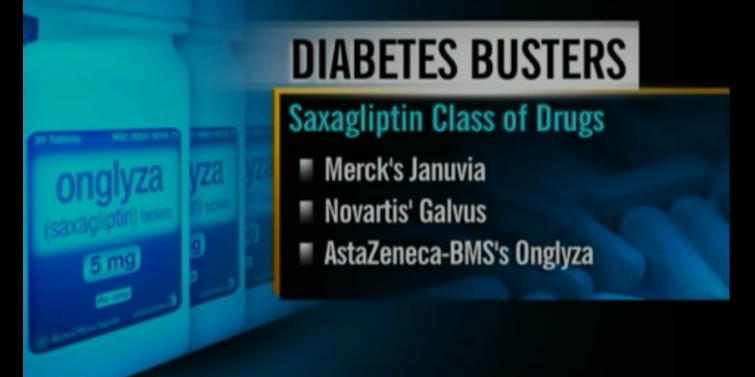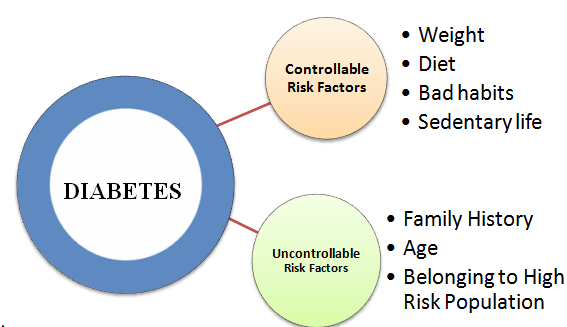About the glycemic load chart
- Home
- blood sugar levels
- Glycemic load chart – what is all about?
The glycemic index (GI) measures how quickly a food raises blood glucose levels, while the glycemic load (GL) also considers the carbohydrate content in a serving. Together, they provide a comprehensive view of a food's impact on blood sugar.
What is a glycemic load chart?
A glycemic load (GL) chart is a tool that helps people understand the impact of different foods on their blood sugar levels. It combines both the quality and quantity of carbohydrates in a food to provide a more comprehensive measure than the glycemic index (GI) alone.
Key Components of a Glycemic Load Chart
Food Item:
The specific food being evaluated (e.g., apple, white bread, lentils).
Serving Size:
The standard portion of the food for which the GL is calculated (e.g., 1 cup, 100 grams).
Glycemic Index (GI):
A number that represents how quickly a carbohydrate-containing food raises blood glucose levels compared to pure glucose, which has a GI of 100.
Carbohydrate Content:
The amount of carbohydrates in the serving size of the food.
Glycemic Load (GL):
A value that combines the GI and the carbohydrate content to indicate the overall impact on blood sugar levels.
The formula to calculate GL is:
GL=GI×Carbohydrate Content (g)/100
Understanding Glycemic Load Values
- Low GL: 1-10 (Minimal impact on blood sugar)
- Medium GL: 11-19 (Moderate impact on blood sugar)
- High GL: 20+ (High impact on blood sugar)
Example of a Glycemic Load Chart
| Food Item | Serving Size | Glycemic Index (GI) | Carbohydrate Content (g) | Glycemic Load (GL) |
|---|---|---|---|---|
| Apple | 1 medium | 40 | 15 | 6.0 |
| White Bread | 1 slice | 70 | 14 | 10.0 |
| Lentils | 1 cup cooked | 32 | 20 | 6.4 |
| Baked Potato | 1 medium | 85 | 37 | 31.5 |
| Carrots | 1 cup raw | 35 | 12 | 4.2 |
What is a glycemic index?
The glycemic index (GI) is a numerical system that measures how quickly and how much a carbohydrate-containing food raises blood glucose levels after consumption.
The scale typically ranges from 0 to 100, with pure glucose given a reference value of 100.
The GI focuses on the carbohydrate content of foods and how they affect blood sugar levels. Foods that cause rapid spikes in blood glucose have a high GI, while those that cause slower, more gradual increases have a low GI.
Classification:
- Low GI: 1-55 (slow increase in blood glucose)
- Medium GI: 56-69 (moderate increase in blood glucose)
- High GI: 70-100 (rapid increase in blood glucose)
Examples of Glycemic Index Values
- Low GI Foods: Lentils (32), Apples (40), Carrots (35)
- Medium GI Foods: Brown Rice (68), Sweet Corn (60), Pineapple (66)
- High GI Foods: White Bread (70), Baked Potato (85), Watermelon (72)
Factors Affecting Glycemic Index
Type of Carbohydrate:
Simple carbohydrates generally have higher GI values than complex carbohydrates.
Fiber Content:
Foods high in fiber usually have lower GI values because fiber slows down the digestion and absorption of carbohydrates.
Processing:
More processed foods tend to have higher GI values.
Ripeness:
Riper fruits tend to have higher GI values because their carbohydrate content becomes more easily digestible.
Cooking Method:
Cooking can alter the GI of foods; for example, al dente pasta has a lower GI than overcooked pasta.
Limitations of Glycemic Index
- Individual Responses: The GI does not account for individual variations in blood glucose responses.
- Mixed Meals: The GI of a food can be influenced by other foods consumed at the same time. For instance, adding fat or protein to a high GI food can lower the overall GI of the meal.
- Serving Size: GI does not consider the amount of food consumed, which is addressed by the glycemic load (GL).
To conclude, a glycemic index does measure how much your blood sugar levels are raised after eating certain amount of carbohydrates from any foods source. Meanwhile, the glycemic load gives you the effect of a serving size of that certain foods on your blood sugar, that is more specifically.
So, the chart of the glycemic load comes to you with the foods, their serving size, and the related glycemic index and glycemic load. That is very great, especially when you are planning your low carb diet as the best diabetes diet choice.
As a diabetic you are advised to have a total glycemic load of food lower than 500 throughout the day. If you exceed this amount, especially of those starchy carbs (wheat), then you have to face with the obesity. Thus, the final result would be : the deterioration of diabetes (mal-management problems).
Even though you might not have diabetes, but you have pre-diabetes or insulin resistance, you may take advantage from this chart. So, you may see that your condition is ameliorated.
At the end I want to remind you that the glycemic load chart gives a more complete picture than does the glycemic index alone although it is a relatively new way of accessing the effects of carbs intake.
Keep an eye on what you eat and for greater results you may consider some lifestyle changes , which helps managing diabetes and your weight too.
|
Written by Dr.Albana Greca Sejdini, Md, MMedSc Medically reviewed by Dr.Ruden Cakoni, MD, Endocrinologist |
Last reviewed 06/01/2024 |
Diabetes complications Questions or Problems? Get Help Here
This is the place where you can ask a question about any aspect of diabetes complications.
It's free and it's easy to do. Just fill in the form below, then click on "Submit Your Question".






